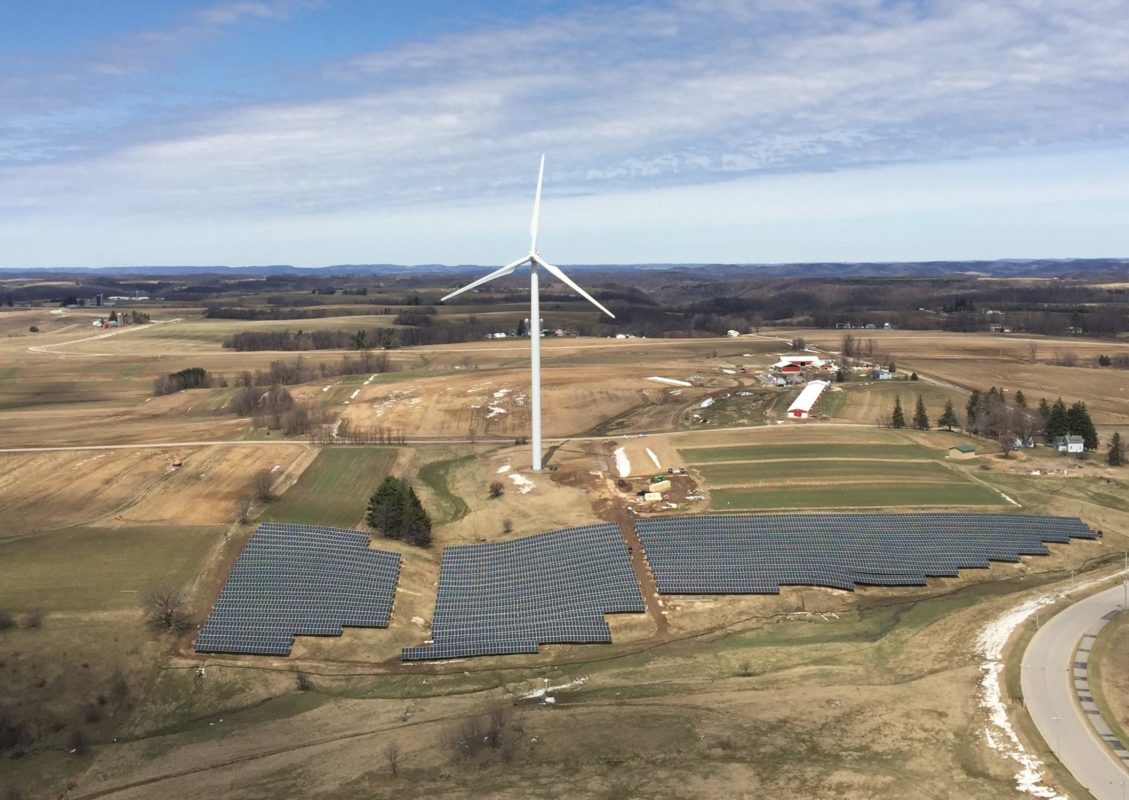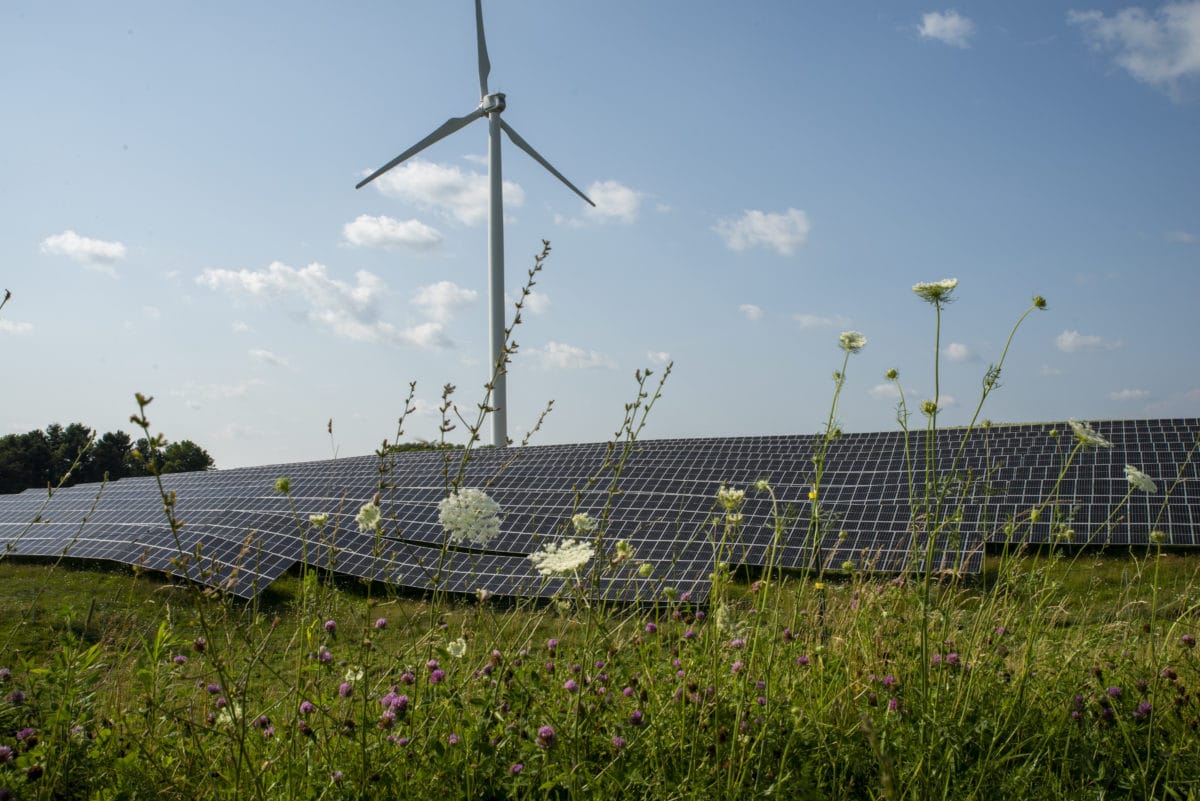A commitment to renewable energy is nothing new for big corporations. In fact, it’s starting to become the norm for companies to source more and more of their power needs from renewable generation. However most of the time companies either buy renewable energy credits, install on-site arrays at their business locations or enter into power purchase agreements (PPAs) with large generations facilities that can immediately meet need.
Joining the club of companies that have committed to renewable power and immediately vaulting to the head of said club comes Organic Valley. The company has announced that it is on track to be powered entirely by clean energy, becoming the largest food corporation in the world to accomplish the feat.
So how did Organic Valley do it? Rooftop installations? No. Not one giant PPA either. Instead, Organic Valley has harnessed the power of community solar. Partnering with OneEnergy Renewables and a group of Midwestern municipal utilities referred to as the Upper Midwest Municipal Energy Group (UMMEG), the company has taken a novel tack on the problem. Under the partnership came the development of 10 projects across Wisconsin, totaling 32 MW in capacity, aka the easy part.
What you’ll first notice about the model is that, even though Organic Valley is not a small company, 32 MW is an aggressive amount of solar capacity. That’s because not only are the projects powering Organic Valley, but the neighboring communities as well. In terms of structure, the projects were developed and are owned by OneEnergy Renewables. From there, OneEnergy sells the generated electricity to UMMEG for a fixed rate. UMMEG then sells that electricity to Organic Valley. From OneEnergy, Organic Valley then purchases the renewable energy certificates, allowing them to stake their 100% renewable-powered claim.

It’s a model unlike anything pv magazine has seen from billion-dollar corporations, especially when regarding the renewable energy delivered to the surrounding communities.
And since Wisconsin is where all of this is happening, we’d be remised to ignore the significance of an additional 32 MW in the Badger State. That mark represents just under half of all the solar installed in the state previously, a whopping 68 MW. It also exponentially increases the number of homes powered by solar in the state, which SEIA reports as being 10,600 previous to Organic Valley’s efforts.
The project is a one-of-a-kind effort that feels somehow very Wisconsin in its communal nature. It gives off a sentiment of “corporations are people, too” without the negative connotation usually associated with that phrase. And while we admire the unique process that Organic Valley used to achieve the company’s renewable energy goal, we would admire other companies adopting this methodology in the future even more.
This content is protected by copyright and may not be reused. If you want to cooperate with us and would like to reuse some of our content, please contact: editors@pv-magazine.com.









Awesome article Tim! Just wanted to point out a few small things.
OV we do have 4 behind the meter solar installations, totaling a modest ~200kWdc. We’ve been investing in renewable energy on site since 2007. Just had to mention that.
Ownership & operation of the projects was conveyed to BluEarth Renewables in January 2019.
Another fun fact: Organic Valley is a farmer-owned cooperative, so as far as corporate culture ours is and always will be a geared towards community & cooperation. We’ve been called crazy for 31 years, and i don’t see that changing. On the farm we’ve got around 250 solar installs (out of almost 2000 farms in 34 states).
Great piece, just thought i’d provide a bit more nuance via a comment. Thanks for covering our partnership!